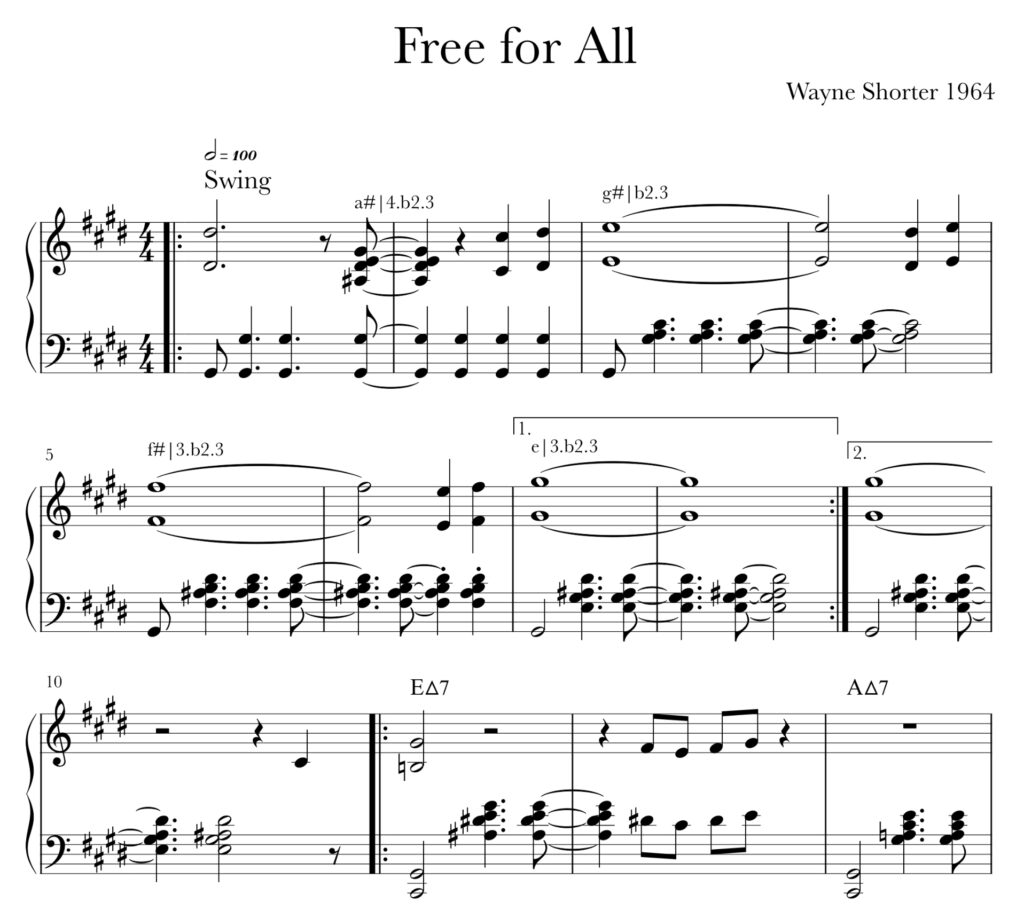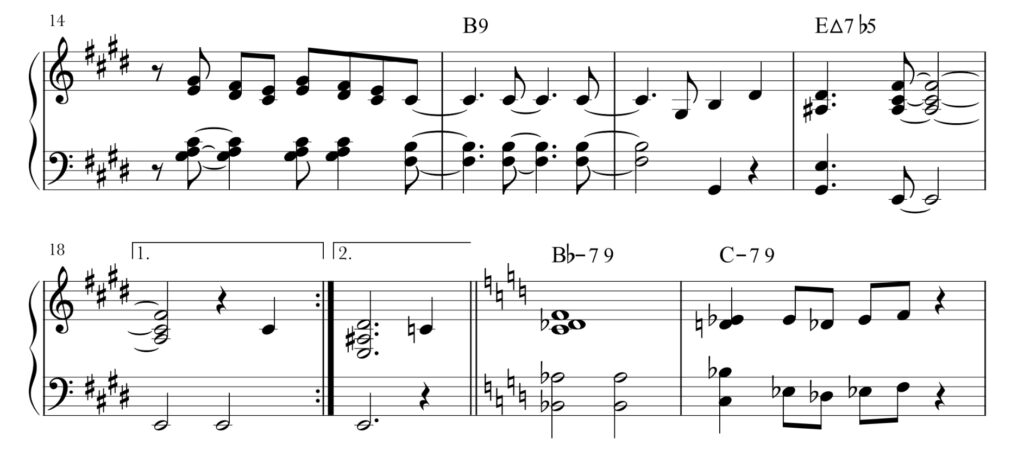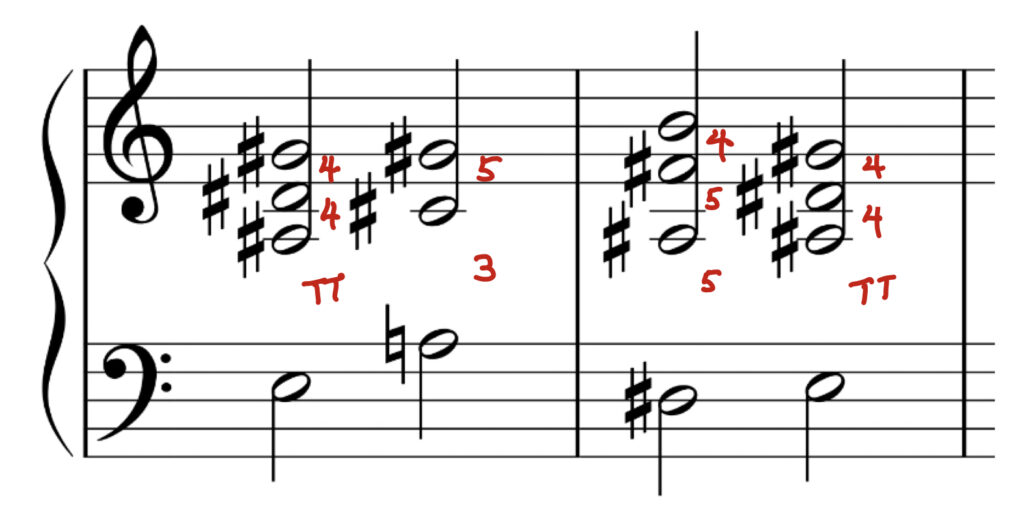Wayne Shorter - 1964
‘Free For All’ is the title track from a 1964 album by Art Blakey and the Jazz Messengers. Miles Davis said of Shorter: “Wayne is a real composer. He writes scores, writes parts for everybody just as he wants them to sound…Wayne also brought a kind of curiosity about working with musical rules. If they don’t work, then he breaks them, but with musical sense; he understands that freedom in music was the ability to know the rules in order to bend them to your own satisfaction and taste.” Miles Davis



The Miles Davis quote above sums up Shorter’s approach in the 60’s very well. You will be hard pressed to find a “conventional” Wayne Shorter composition but he always seemed to stay within the bounds of western tonality (Advanced Forms). It is important to take his compositions at face value and to avoid trying to fit the constructions into conventional patterns. That said we can make some observations about how the pieces work.
First off, there are no established tonal centres in the piece. The key signatures are more or less a list of the most used accidentals or in the ‘B’ section just a way to make the piece easier to read. The lack of resolution creates tension throughout and drives the piece forward. The second observation is the use of pedal points. A tonal “foundation” with shifting chords above gives the sense of “home” even if it never becomes the “tonic”.
The introduction moves step wise from D# (V?) to G# (I?). Example 1.

The chords used in the introduction are primarily inversions of chords built on 4ths, 5ths and tritones. In the transcription we “name” these chords with a description explained on the page ‘Advanced Chord Analysis” (Link).

The ‘A’ section (bar 11) works through a pretty clear I – IV – V – I pattern. The ‘B’ section runs up and down step wise.
